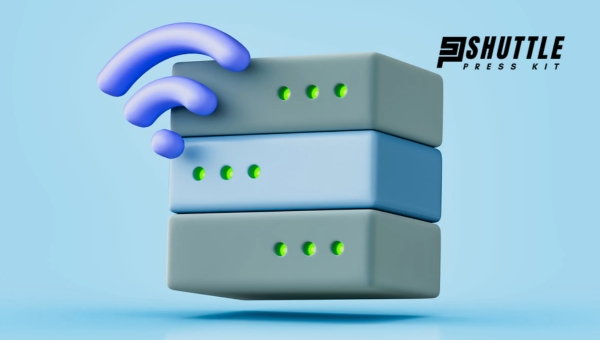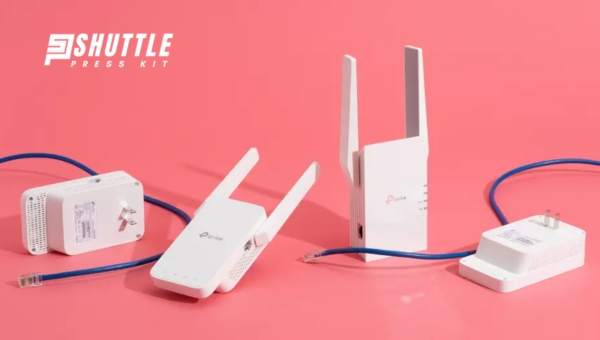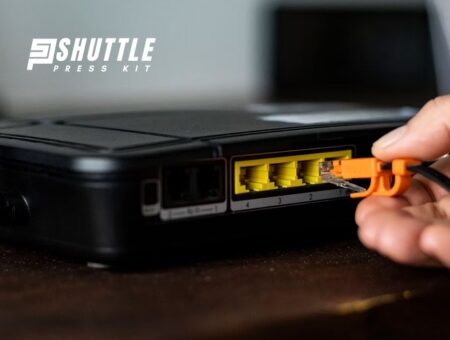Imagine this: you’re cozy in your favorite corner of the house, ready to dive into the latest viral video or stream your most-awaited TV show. But then, that dreaded loading symbol pops up, and everything comes to a halt. Weak Wi-Fi signals can be a real pain! That’s where I come in to share how to extend your Wi-Fi signal so you can get back to enjoying uninterrupted online bliss.
Looking for quick fixes for a laggy internet? First off, position your router centrally; no more hiding it behind books or furniture! Picture an umbrella – the closer you are to the middle, the better protected you are from rain, right? The same goes for Wi-Fi. Stay close! Next up is setting up a Wi-Fi repeater or extender. Think of it as a megaphone that takes your original signal and shouts it out louder across more space. Simple changes like these mean fewer spinning wheels and smoother streaming ahead!
Common Causes of Weak WiFi Signal
Understanding the reasons behind poor WiFi performance is critical for both troubleshooting issues and optimizing your internet setup.

From physical obstructions to device overloads, several factors can adversely affect your wireless signal strength and stability. Here are some key contributors:
- Distance from Router: The further you are from the router, the weaker the signal becomes. Walls and floors between your device and the router can further degrade this connection.
- Physical Obstructions: Large furniture pieces, thick walls, or metal objects placed near your router can block or disrupt WiFi signals.
- ISP Throttling: Some Internet Service Providers (ISPs) may intentionally slow down your internet speed if you surpass a specified data usage limit.
- Network Congestion: Too many devices connected to the same network simultaneously can overload the system, leading to slower speeds and instability.
By identifying these common causes, you can take targeted actions to improve your home’s WiFi performance and ensure a more reliable connection.
12 Effective Methods to Enhance Your Wi-Fi Signal
Experiencing slow or unstable Wi-Fi can be a significant hindrance whether you’re working from home, streaming videos, or simply browsing the internet.

Fortunately, there are several ways to improve your Wi-Fi network’s performance. Here are 12 practical steps to help boost your connection:
- Restart Your Router: Regularly rebooting your router can resolve connectivity issues and enhance performance.
- Relocate Your Router: Position your router centrally within your home and away from obstructions like walls or metal objects that could interfere with the signal.
- Update Router Firmware: Check for and install updates in your router’s firmware to ensure optimal functionality and security.
- Use a Wi-Fi Extender: A Wi-Fi extender can increase the reach of your network, especially in larger homes or areas with dead zones.
- Disconnect Unused Devices: Limiting the number of devices connected to your network can reduce bandwidth congestion and improve speed.
- Choose 2.4GHz Over 5GHz: The 2.4GHz band provides better coverage through obstacles like walls, though it may be slower than 5GHz.
- Install an External Antenna: Adding an external antenna to routers that support them can significantly amplify signal strength.
- Secure Your Network: Ensure that unauthorized users aren’t accessing your network by setting up a strong password and possibly filtering MAC addresses for allowed devices only.
- Check Wired Internet Speeds: Compare wired connection speeds directly from the modem using an Ethernet cable to determine if slow speeds are actually due to poor Wi-Fi rather than internet issues with your ISP.
- Implement Mesh Networking: Invest in mesh networking systems if consistent coverage across large areas is required without sacrificing speed at further distances from the primary router unit.
- Adjust Router Channels: Older routers benefit from manually selecting less congested channels while recent models automatically choose optimum channels for low interference.
- Consider Upgrading Your Router: If all other solutions fall short, upgrading to a more advanced router model might provide more robust connectivity options tailored more closely toward current broadband speeds or house layouts.
These steps provide accessible means of optimizing home Wi-Fi networks according both range reliability without necessitating extensive technical expertise achieving truly seamless digital experiences wherever possible!
Also Read: Starlink Roam Review – Everything You’re Curious About
Comparing Indoor and Outdoor Wi-Fi Extenders

| Attributes | Indoor Wi-Fi Extenders | Outdoor Wi-Fi Extenders |
|---|---|---|
| Primary Use | Enhance coverage inside buildings | Extend coverage to outdoor areas |
| Design | Sleek, discreet, blends with interior decor | Rugged, weather-resistant |
| Environmental Protection | Limited to none; primarily designed for indoor conditions | High; resistant to rain, UV rays, and extreme temperatures |
| Coverage | Good for eliminating dead zones in rooms and across floors | Designed to cover large outdoor spaces like gardens, pools, and backyards |
| Visibility | Usually compact and less noticeable | More conspicuous due to durability requirements |
| Installation | Typically plug-and-play, easy to set up without special tools | May require weatherproofing setups and mounting outdoors |
Also Read: Starlink Offer Phone Service? Discover Now!
FAQs
What is the most cost-effective way to extend my Wi-Fi signal?
Utilizing Wi-Fi extenders or repeaters is a budget-friendly solution. They capture the existing signal and re-broadcast it to longer distances.
Can I use an old router to extend my Wi-Fi network?
Yes, you can convert an old router into an access point or a repeater to extend your network. Ensure it is compatible and properly configured for this new role.
Where should I place my Wi-Fi extender for the best results?
Ideally, place your Wi-Fi extender halfway between your router and the area with poor signal. Avoid obstructions and interference sources like thick walls and microwaves.
Do Wi-Fi extenders reduce internet speed?
Wi-Fi extenders can slightly reduce speeds due to the extra hops the data must travel. Choosing extenders with dual-bandwidth or the latest technologies can minimize this impact.
Can mesh networks improve Wi-Fi coverage?
Yes, mesh networks provide extensive coverage by using multiple interconnected nodes that seamlessly relay data, ensuring stable and far-reaching connectivity across large areas.
Also Read: Starlink Volcano Mount Guide: Easy DIY Installation Tips
Conclusion
extending your Wi-Fi signal is essential for maintaining reliable and strong connectivity throughout your home or office space. By strategically placing Wi-Fi extenders, using mesh network systems, or upgrading your router, you can enhance your internet experience, eliminate dead spots, and ensure that all your devices remain connected with optimal speed and efficiency.
Furthermore, optimizing your Wi-Fi setup promotes a seamless technological lifestyle, supporting a wide array of activities from remote work to streaming entertainment. With careful assessment of your space and the right tools in hand, you can create a robust network that accommodates both current needs and future expansions, making it an invaluable investment for anyone looking to boost their Wi-Fi performance.
